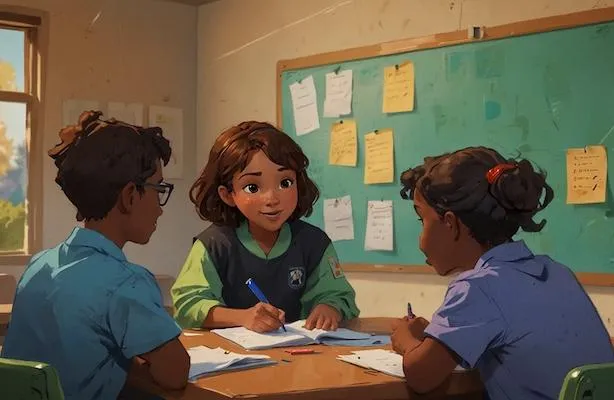
A Fool Proof Exercise to Identify EXCEPTIONS!
It’s April! The countdown to summer has begun! Let’s keep things light this week and focus on exceptions…times when things go slightly better.
This upbeat exercise is designed to be adaptable for various ages and can be used in one-on-one or group settings. Let's call it the "Exception Exploration Activity."
Goal:
To help students identify and expand upon their successes and times when a problem does not occur, reinforcing the idea that exceptions to problems can guide solutions.
Materials Needed:
Colored markers or pens
Large sheets of paper or a whiteboard
Stickers or stars for younger students
Activity Steps:
Introduction to Exceptions (5 minutes):
Start by explaining the concept of exceptions in simple terms: "An exception is a time when you expected something difficult or not so good to happen, but it turned out okay or better than expected!"
Share a relatable example of an exception to a common problem to illustrate the concept. Use an idea from your own experience.
Exception Discovery (10 minutes):
Ask students to reflect on a recent time when they overcame a challenge, such as when they were worried about a test and passed it just fine. For younger students, you can use more guided questioning to help them identify these moments. Ask them about a time when they played well with a friend…what did they do that worked?
Have them write or draw these exceptions on the large sheets of paper or whiteboard. Encourage creativity! Hang the pictures around the classroom.
Exception Expansion (15 minutes) for secondary students:
In pairs or small groups, students share their exceptions with each other. They discuss what was different about these situations and how they contributed to the positive outcome.
Counselors circulate to facilitate discussions, asking probing questions to deepen the exploration, such as, "What did you do that helped make this situation different?" or "If we watched you on that day, what might we have noticed you doing?"
Solution Building (10 minutes):
As a group, brainstorm how these exceptions can be turned into solutions or strategies for future challenges. Encourage students to think about how they can repeat their success. This is especially helpful if they have tryouts coming up or achievement testing over the next few weeks.
Write down these strategies on another sheet of paper or a different section of the whiteboard so everyone can see the ideas each day. Ask the teacher to read them each day.
Celebration and Commitment (5 minutes):
Ask students to talk about the ideas their peers came up with that they want to try as well. Encourage the teacher to participate and try out an idea from the class.
Encourage students to commit to trying one of the identified strategies the next time they face a similar challenge. They can write this commitment down on a small card to keep with them.
Happy Exception Hunting!
